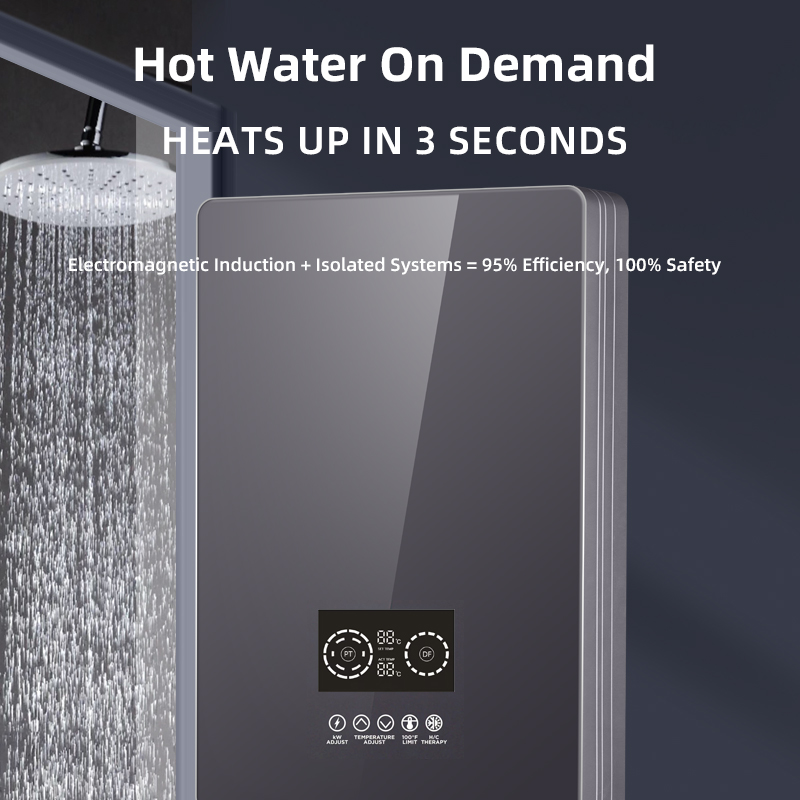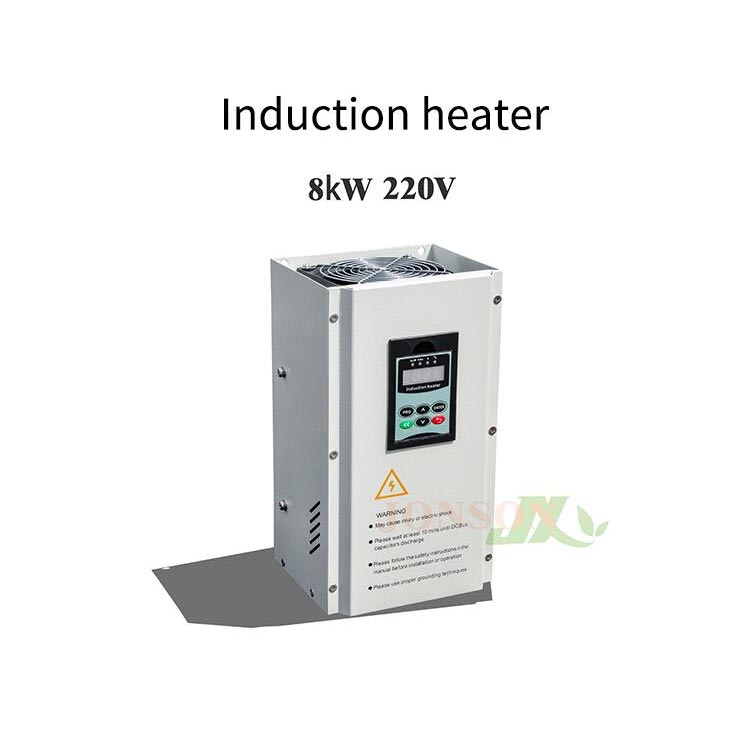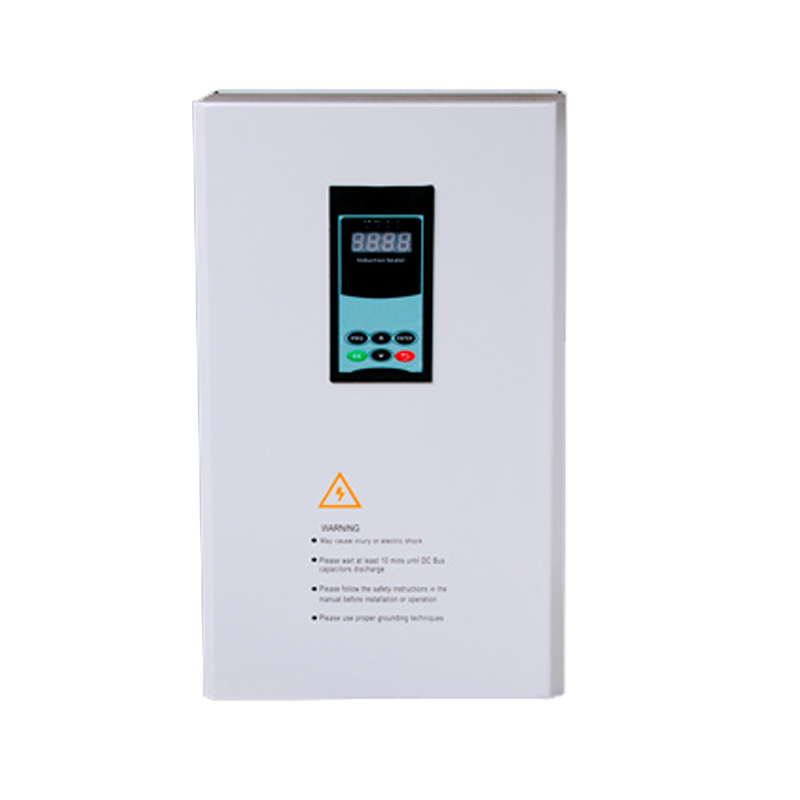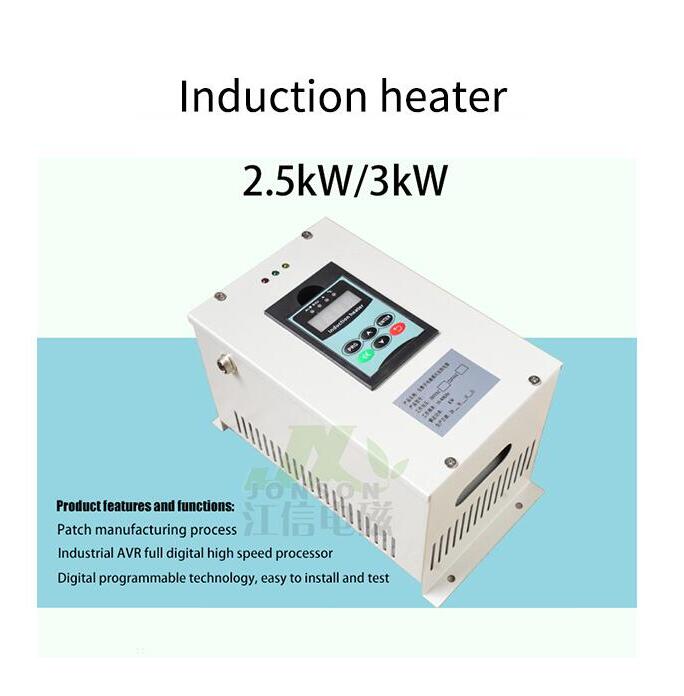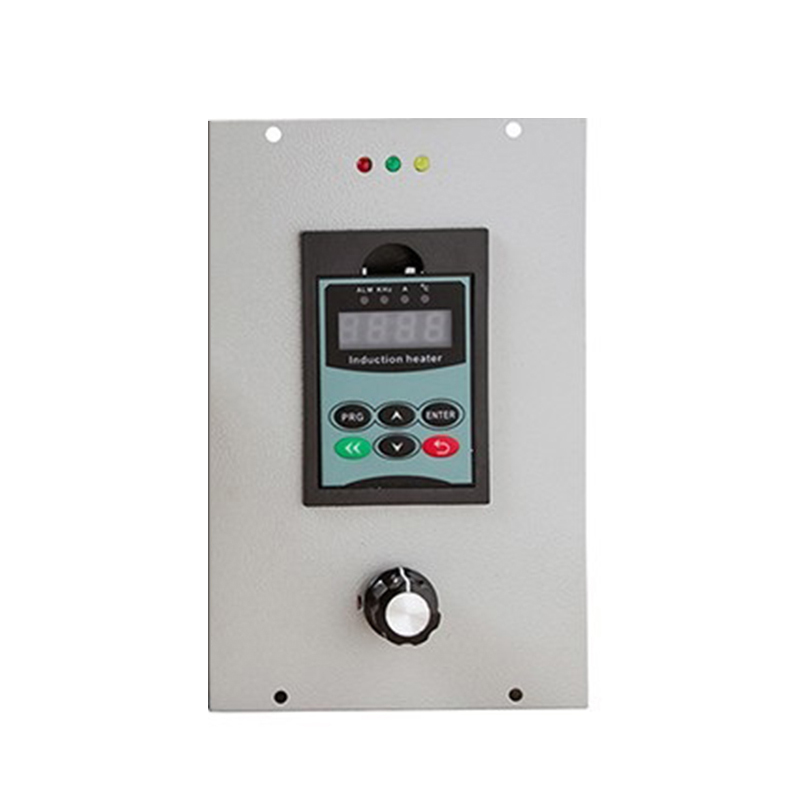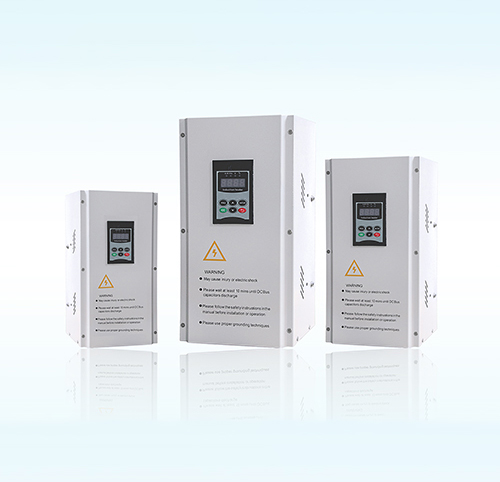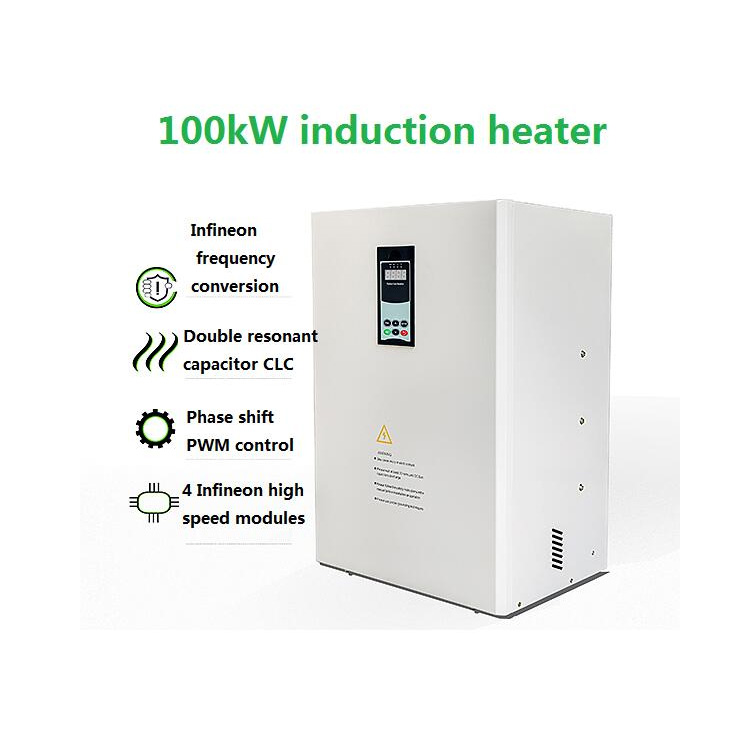Temperature Uniformity and Rapid Response: Inside Modern Induction Heater Design
In the field of modern industrial heating, induction heating has replaced the traditional resistance heating method and become a high - efficiency heating solution in industries such as plastic machinery, rubber equipment, food machinery, and chemical equipment. Its core advantages are not limited to energy and electricity conservation but also include rapid temperature rise, uniform temperature, and precise control.
This article will clarify the technical principles and advantages behind modern induction heating design.
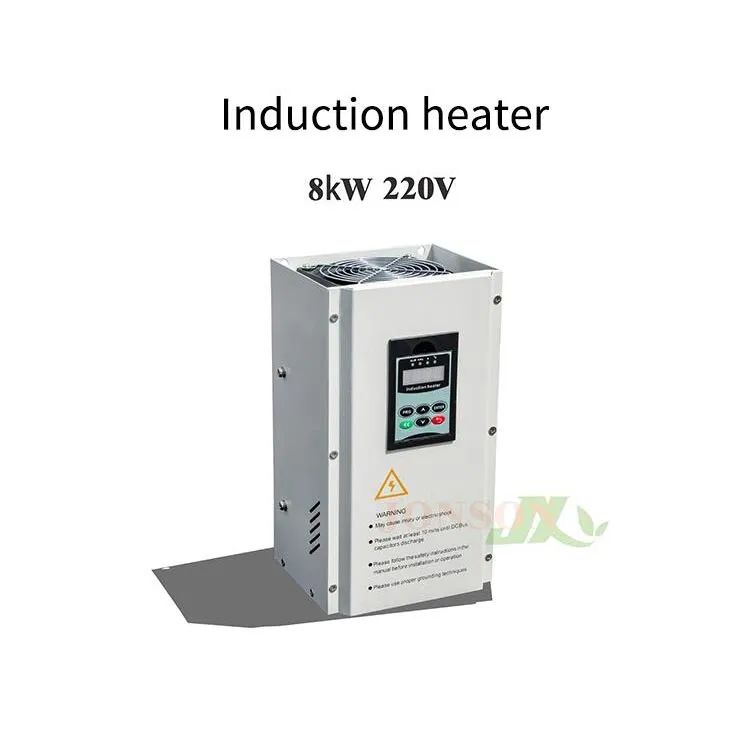
I. Pain Points of Traditional Heating: Slow, High Consumption, and Large Temperature Difference
Traditional equipment such as plastic machinery, extruders, and injection molding machines generally use resistance wires or ceramic heating coils. Although the structure is simple, there are three non - negligible problems.
1. Slow Temperature Rise
The heating coil first needs to increase its own temperature and then transfer heat to the barrel through contact or radiation. Since thermal energy is conducted step by step, the time delay is significant.
2. Non - uniform Temperature Distribution
The heat conduction path is non - uniform, and the temperature difference in each area of the barrel can reach 10 - 30°C, resulting in insufficient melting of plastics and unstable product performance.
3. Low Energy Utilization Rate
A large amount of heat from the outer layer is dissipated into the air. The conversion efficiency of electrical energy is only about 60%. It has high energy consumption and causes a rapid rise in the ambient temperature.
II. Core Principle of Induction Heating
The operating principle of induction heating is based on the "electromagnetic induction effect" and the "eddy current heating principle".
When a high - frequency current flows through the electromagnetic coil, an alternating magnetic field is generated around it.
This magnetic field penetrates the metal layer of the barrel and excites eddy currents in it.
When the eddy current flows inside the metal, Joule heat is generated due to the metal's own resistance, and the inside of the barrel directly generates heat.
The heat is transferred from the inside to the outside to the plastic material, achieving rapid and uniform heating.
In other words, induction heating does not "heat the barrel from the outside" but makes the barrel itself a heating element.
This internal heating method greatly improves the heating efficiency and temperature control accuracy.
III. Secret of Rapid Temperature Rise
Induction heating achieves a heating response speed that is incomparable to traditional methods through its unique energy conversion mechanism.
1. Short Energy Transfer Path
No intermediate medium is required. The electromagnetic field directly generates heat inside the metal, and the delay in heat conduction is almost zero.
2. High Power Density and Concentrated Thermal Effect
By adjusting the output frequency and current intensity, the system can complete heating the barrel in a few seconds. According to experimental data,
induction heating has a temperature rise speed about 2 - 3 times faster than resistance heating and can reduce the pre - heating time by more than 60%.
3.Support of Intelligent Control System
Modern induction heaters are generally equipped with a PID automatic temperature control module, which monitors the temperature curve in real - time, adjusts the power quickly, and achieves a millisecond - level response.
IV. Design Points for Temperature Uniformity
In electromagnetic heating design, temperature uniformity is one of the core indicators and directly affects the melting quality of plastics and the stability of equipment.
The key lies in the following three design optimizations.
1. Multi - segmented Heating Design
The heating system is divided into multiple induction areas, and each area independently controls the power output to keep the temperature of different barrel segments constant.
2. Magnetic Field Distribution Balancing Technology
An optimized winding design is adopted to make the distribution of magnetic field lines uniform and avoid local overheating and cold spots.
3. High - efficiency Insulation Layer and Insulation Structure
An insulation layer is added outside to reduce heat energy leakage and further stabilize the internal temperature.
Through the above optimizations, modern induction heaters can control the temperature difference of the barrel within ±1°C, far exceeding traditional heating methods.
V. Energy Saving and Economic Benefits
In addition to rapid temperature rise and stable temperature control, the energy - saving effect of induction heating is particularly remarkable.
The power - saving rate can reach 30% - 70%. Depending on the operating conditions, the energy - saving margin can be quite large.
The surface temperature of the equipment is reduced by about 10°C or more, reducing energy dissipation.
The operating environment temperature is lowered, improving the working environment of the factory.
The service life is extended by 2 - 3 times, and the maintenance frequency is significantly reduced.
For example, when a 75 - type extruder is changed to electromagnetic heating, the daily power consumption is reduced from 210 kWh to 125 kWh, saving more than 10,000 yen in electricity costs annually.
VI. Application Prospects and Trends
Currently, induction heating technology is widely applied in the following fields.
Plastic extruders, injection molding machines, film blowing machines.
Rubber kneaders, granulators.
Constant - temperature heating systems in food, medicine, and chemicals.
With the promotion of smart manufacturing and energy - saving policies, high - efficiency, fast - responding, and precisely - temperature - controlled induction heating systems will gradually become standard equipment in the plastic machinery industry.
Future trends will be in the following directions.
Modular intelligent temperature control system.
High - frequency, low - loss magnetic field optimization design.
Intelligent heating solutions linked with PLC and cloud platforms.
VII. Conclusion
"Rapid temperature rise, stable temperature, and low energy consumption" are the three values that modern induction heating technology brings to industrial production.
From plastic machinery to precision manufacturing, from traditional energy saving to intelligent control, induction heating is leading the world's manufacturing industry into a new era that is greener, more efficient, and more intelligent with higher thermal efficiency and control accuracy.



